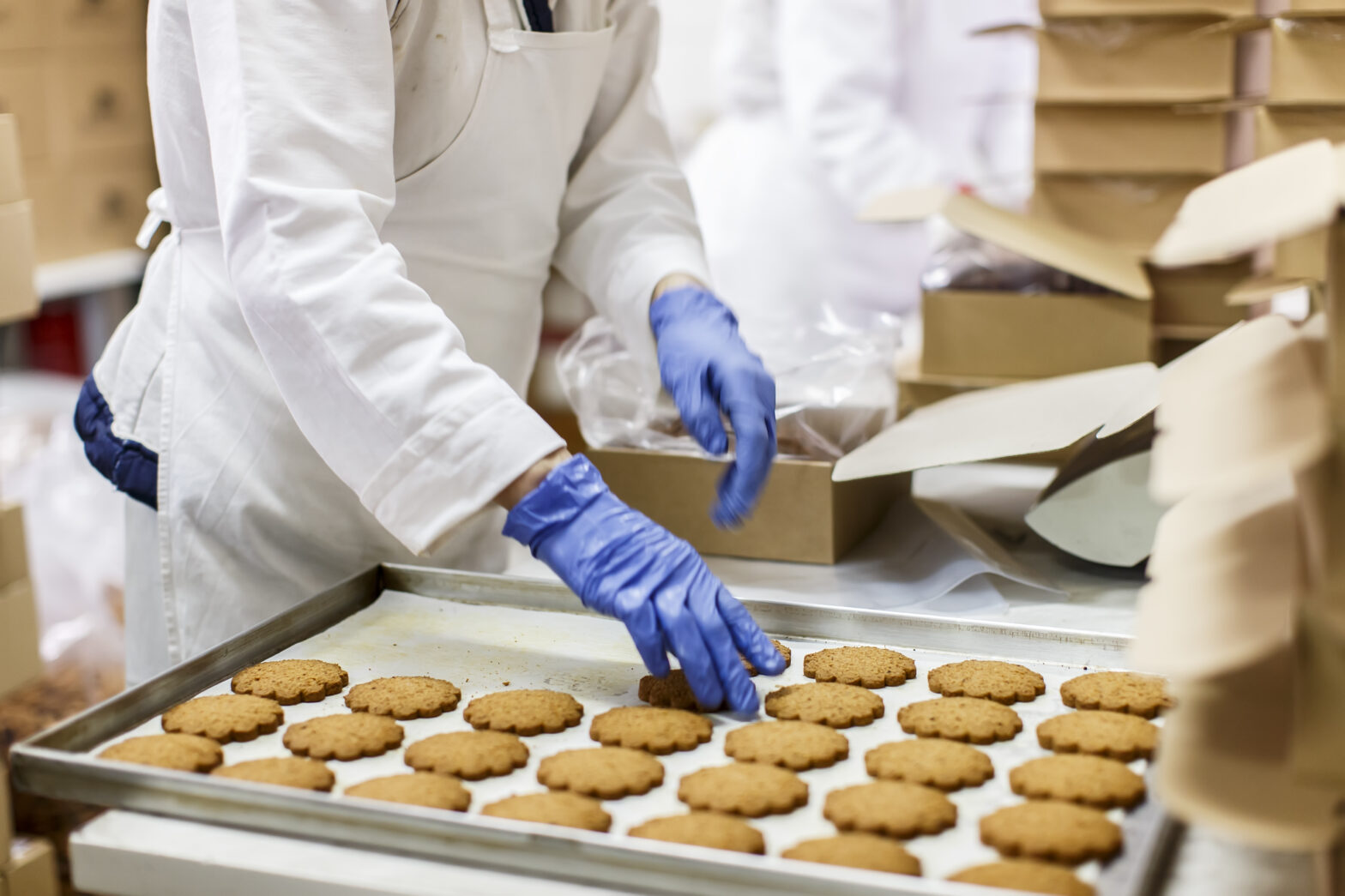Turning your passion project, be it cake making, vegan pizza or smoked hummus, into a sustainable and successful business isn’t easy. The Independent reported in 2017 that nine out of ten food and drink start-ups fail, but that shouldn’t diminish your hope of being the next big success story. If you can properly plan and map out your new venture, following a few specific but foundational steps, you can ensure your food business’ success.
1. Trust your market research
You know that you need to carry out market research, its a key part of any good business plan. This process helps you to identify your products suitable for your intended market, as well as for gauging that there is both a need for your product and space in the market for you to make money.
What you need to always remember with this market research is that it’s not a once and done task. You need to always, especially in the first couple of years of a business, be measuring your success against this data. Are you getting closer to claiming your market share? Is your advertising showcasing what makes your brand or product unique? If you are asking and answering these questions, trusting your market research and making changes to your strategy based on how your business measures up, you’ll stand a better chance of succeeding.
2. Brilliant branding will help you go far
Think Great British Bake Off, it needs to look as good as it tastes, you can’t be all style over substance and that goes for your branding too. A pretty font or a word that means something to you isn’t strong enough if it means nothing, or sends the wrong message, to your potential customers. Get your branding right, and you give yourself a greater chance of succeeding; get it wrong and you could really hinder your business from the off. Consider what successful brands are doing and make sure you fit in (or stand out) as needed.
Your name is certainly on the key branding elements as it makes you recognisable, both online and off. There are a number of different ways you can come up with a memorable brand name, such as using a foreign name or taking inspiration from literature. You could even use a clever play on words; Pieminister and Nothing Bundt Cakes are great examples of food brands that have done this. Test out a few names with family and friends to see what they think works best. This will help you come to a final decision.
Your brand name should also coordinate with your company colours and style. Consider some of the best and worst brand identities of 2017 when choosing yours – think simple and stylish like Mozilla rather than interesting but ultimately meaningless like AXIS.
3. Use an accountant, as needed
Unless you’re an expert in accounting, you’ll want to consult a professional at some point. You don’t have to have an accountant on the books but getting your annual checks done and support during your business planning stage will ensure you are making realistic sales projections. There a number of websites, like Intuit Quickbooks, that can help you find accountants that deal specifically with small businesses and are local to you.
4. Start cooking in a commercial kitchen
If you’re ready to launch a proper food business, you’re ready for a professional kitchen. Commercial kitchens can be rented on a monthly basis, and come in all sorts of sizes, both equipped and not, so you can find a space that suits your needs.
Many rental kitchen suppliers also have a team of experts on hand to help you tailor your kitchen and achieve an optimal setup. Rental kitchen providers Dephna state: “Our team of experts can discuss the finer requirements for your commercial kitchen. This can range from electrics, plumbing, extraction and other key areas required in the food industry.” Expert advice like this can prove invaluable to your business.
5. Use Instagram to get the attention of foodies
Marketing your business is crucial when it comes to attracting new customers. Flyers can be cheap and effective if you are setting up at a market or in a popular office space area, but it won’t always make sense. For a more eco-friendly but equally cost-effective marketing plan, use the foodie’s favourite social media channel: Instagram.
Reigning supreme for food-based images, Instagram has become an essential for food companies to gain significant—and ultimately free—exposure, and customers in turn. Just by posting pictures of their products on the site and using the most relevant food related hashtags, users can create thousands impressions in no time at all.
6. Catch the eye of retailers at food business fairs
Once your food production business is up and running on a small scale, you can look to gain investment or broader exposure by attending food fairs. Held regularly held throughout the year, buyers from various different retailers are usually in attendance. For instance, the annually ran International Food Event, hosted in London, has over 1,350 exhibitors overall, with buyers like Aldi, Asda and Ocado attending the event. By showcasing your produce to the heavyweights of the food industry you will put your brand on the road to household name status in no time. Food trade fairs like this are also a great way of gaining direct sales and exposure to even more customers.
Launching your own food production business will undoubtedly be tough, but following the above advice will give you the best possible chance of getting you a satisfying slice of the (food business) pie instead of being a flash in the pan.
See also: Meet the company that’s offering kitchen space for food businesses – Will Beresford, co-founder of FoodStars, explains the challenges he faced when establishing his business, which provides kitchen space for food companies.
Entrepreneur Q&A: ‘We are the underdogs when it comes to funding’ – Luke Johnstone of PACK’D smoothie kits talks about launching a business with his childhood pal.





